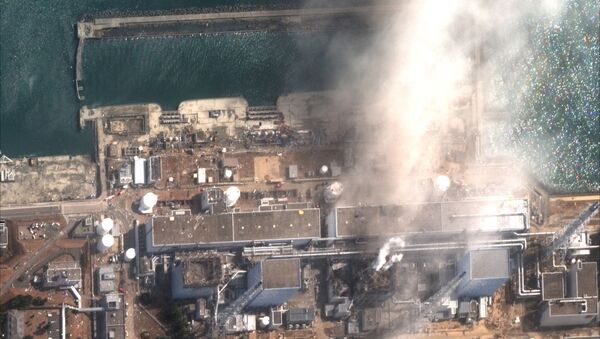In Japan, a regional government has promised to turn Fukushima into a region with renewable energy by 2040. The renewable energy development project costs US$ 2.75 billion and is sponsored by the Japanese government-owned development bank and Bank Mizuho.
According to the Asian Nikkei review, the project will build 11 solar fields and 10 wind power plants on agricultural land and mountains by the end of March 2024.
The 80 kilometre network will connect the Fukushima power plant to the Tokyo metropolitan area, which was once heavily dependent on nuclear energy produced by two atomic plants in the prefecture.
When completed, the project will produce up to 600 megawatts of electricity, or two-thirds of the average nuclear power plant.
All of Japan’s 54 operating nuclear reactors were shut down in March 2011 after a 9.0 magnitude earthquake and subsequent tsunami led to a leakage of radioactive material from the Fukushima Daiichi plant. Before the disaster, 30 percent of Japan's electricity came from nuclear power.
The accident at the Fukushima plant in March 2011 was triggered by a 46-foot tsunami that hit Japan following a 9.0-magnitude offshore earthquake. The meltdown at three out of the four units and hydrogen-air explosions, which were provoked by a cooling system failure, led to the leakage of radioactive material and the shutdown of the plant.




